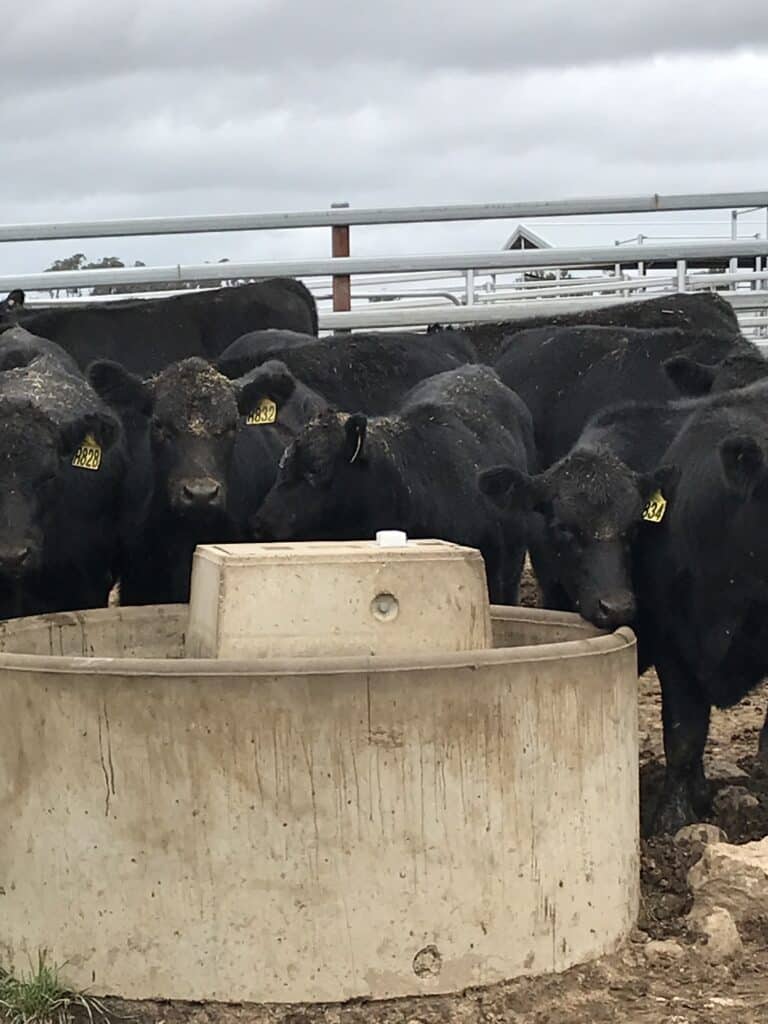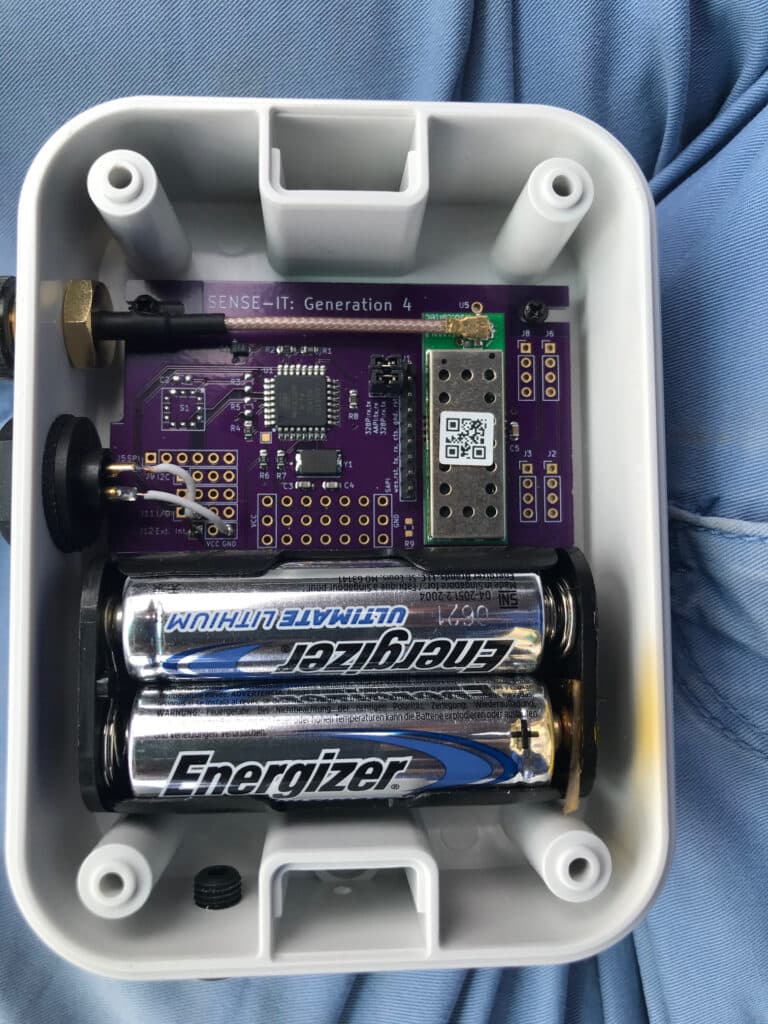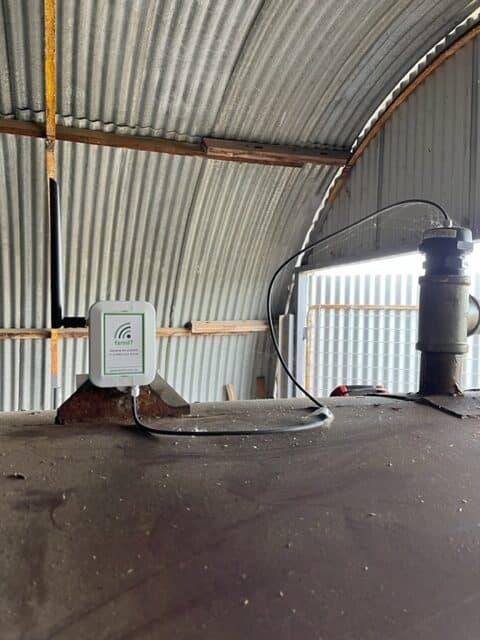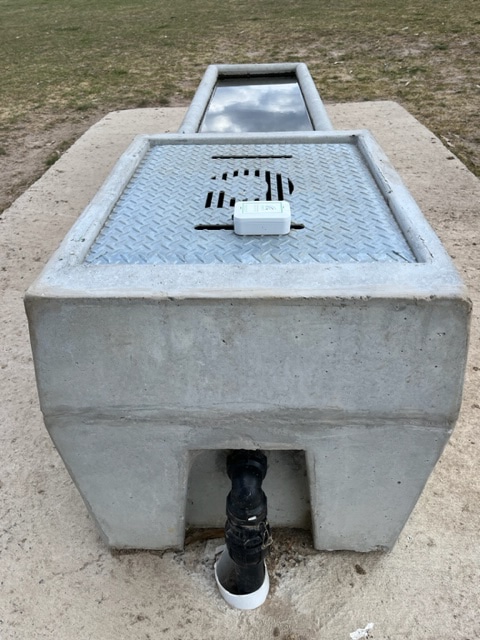
Low-power NeoMesh wireless mesh sensor networks enable easy monitoring of livestock water troughs, boundary gates, water tanks, diesel tanks, rainfall, etc.
In the expansive agricultural landscapes of Australia, conventional monitoring remote farm assets such as livestock water troughs, boundary gates, and diesel tanks has traditionally been cumbersome and costly. Traditionally reliant on satellite or mobile networks, these systems impose high costs (as the required hardware is expensive, as each sensor requires costly communication hardware to establish connectivity with the network) and significant limitations on data collection frequency (users are often limited to just two or three readings per day) due to their substantial power demands.
Recognizing the need for a more efficient solution, Australian company farmIT (www.farmit.com.au) adopted NeoCortec’s innovative NeoMesh technology. This ultra-low power, scalable and easy-to-install wireless mesh network technology simplifies installation and reduces operational costs dramatically. “The labor-intensive process of manually checking livestock water supplies can be prohibitively expensive. NeoMesh presented a low-power, cost-effective solution perfect for the scale of Australian farms,” says Luke Mitchell, CEO of farmIT. Mitchell explains: “In Australia there are many large farms where the farmers usually have to send out station-hands or farm-hands to go and check on the water supply for their cattle or for their sheep. This is a very time and labour intensive process or if the farmers are using remote monitoring systems based on satellite or mobile phone networks, it is very expensive.“
farmIT’s system uses NeoCortec’s long-range radio modules integrated with sensors on each watering point, efficiently channelling data to a central hub. This data is then transmitted to the cloud via an existing internet connection, completely eliminating the need for and costly communication network. Remarkably, the sensors operate on just two AA batteries for up to five years and the mesh network means that the distance covered is effectively unlimited. With the long-range-radio modules, farmIT is able to get a range of up to five kilometres when there is a clear line of sight. And, if for whatever reason the range to the next node is not enough, a relay station is simply put in the middle to extend the range.

But farmIT’s sensor solutions not only monitor livestock water troughs, but also boundary gates, water tanks, diesel tanks, rainfall, soil temperature, etc. On a farm there might easily be twenty sensors or more monitoring a range of these items. “Therefore, having a NeoMesh sensor network is ideal, as the farmers can create ‘a sort of cloud over their property’, as we say, where they can connect in as many sensors they need and easily have all the sensor readings sent back to their mobile device or their computer without having to set up communication equipment for each sensor,” Mitchell explains. From this device the data can be uploaded into the cloud. This makes it very easy and cost effective for the farmers to monitor the levels of any tank or trough, see how much rainfall they had, check if the soil temperature is right for planting crops, etc.
Beyond just operational efficiency, the real value of the NeoMesh technology also shines in its contribution to animal welfare. A grazier from Western New South Wales, recently reported a significant incident where the technology proved invaluable: “farmIT’s trough sensor just saved the lives of 83 heifers during a long weekend. An air leak had stopped water flow, and the manager, although away, noticed the anomaly through the mobile app and promptly responded. Without the sensor, the outcome could have been disastrous. We are now equipping all our paddocks with farmIT’s sensors, especially those without a dam as backup.”
“Of course, in this Australian farmIT solution there still needs to be a gateway from the mesh to Cloud but the main advantage of a mesh solution like our flexible and ultimately scalable NeoMesh network technology is that you only need one central gateway to collect all the sensor data and transmit it to the Cloud, with no need for repeaters or additional gateways to connect different parts of the network,” remarks Cato Skipsted Fagermo, Business Development Manager at NeoCortec. “The installation is of our NeoMesh radio modules with the integrated sensors is very straightforward by just placing the nodes where you need them and turning them on. The network’s mesh configuration then enables data transmission even from the most remote corners of a farm,” Fagermo concludes.
Through its robust and user-friendly design, NeoMesh technology not only streamlines farm management but also plays a crucial role in protecting livestock, highlighting its growing status as a vital tool in modern agricultural practices


